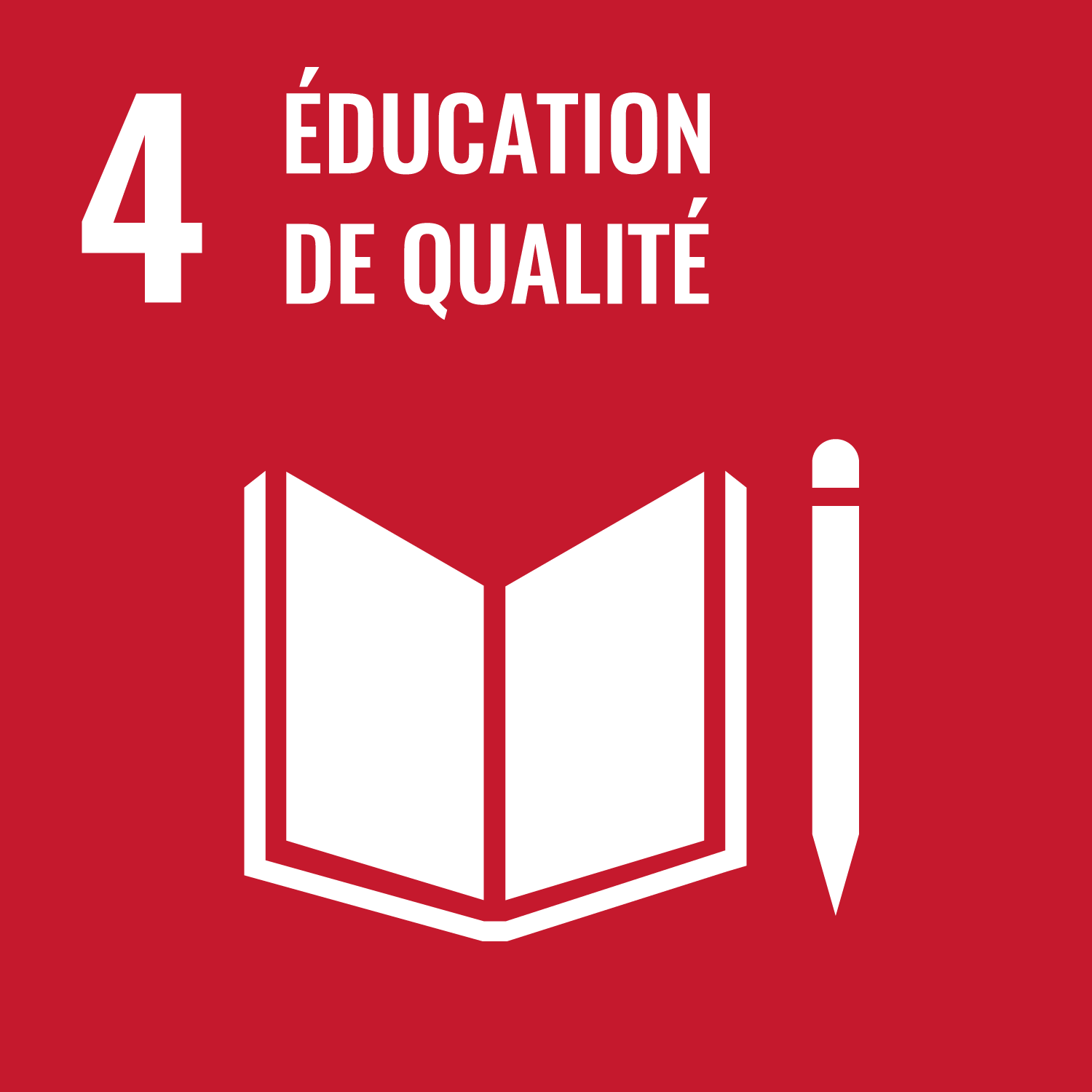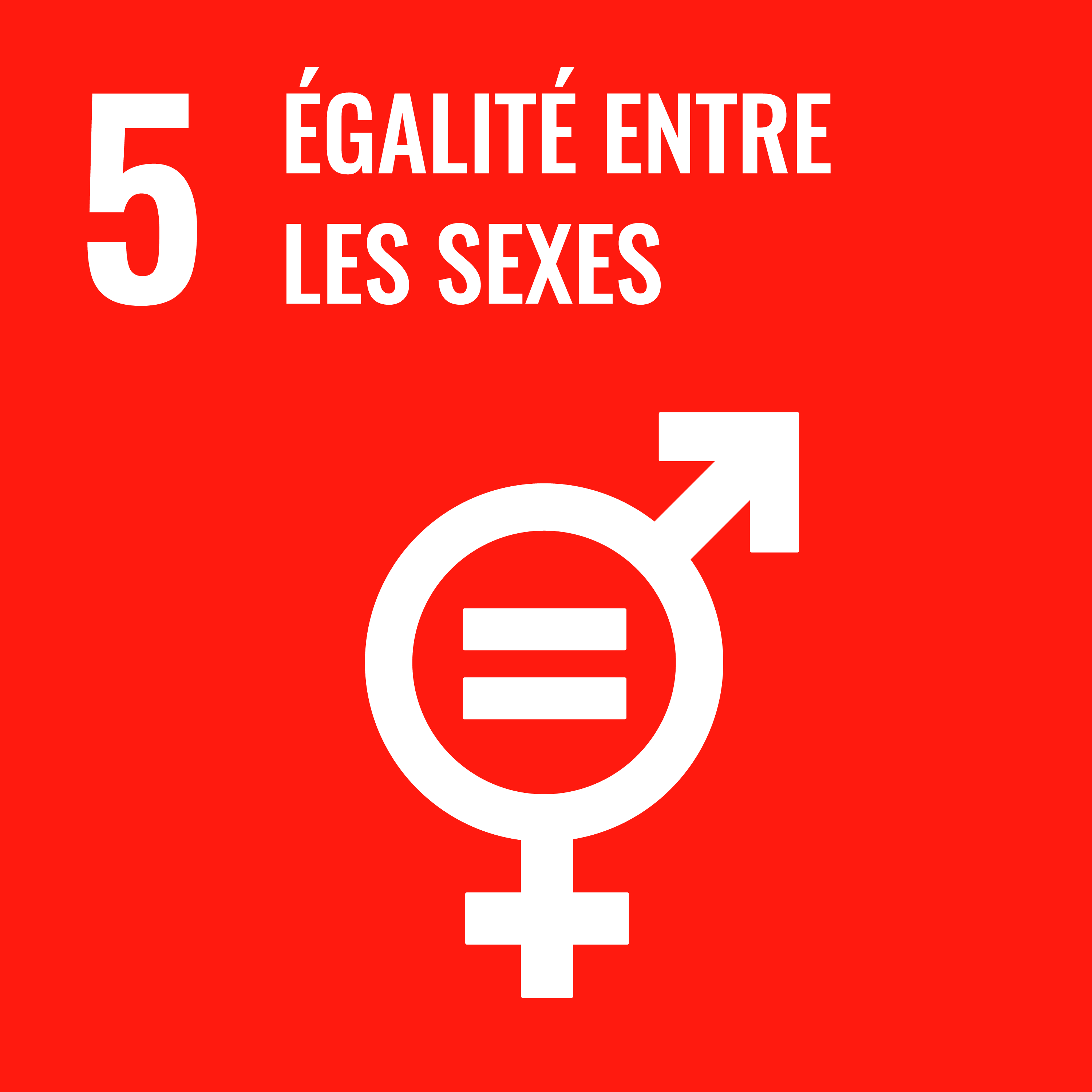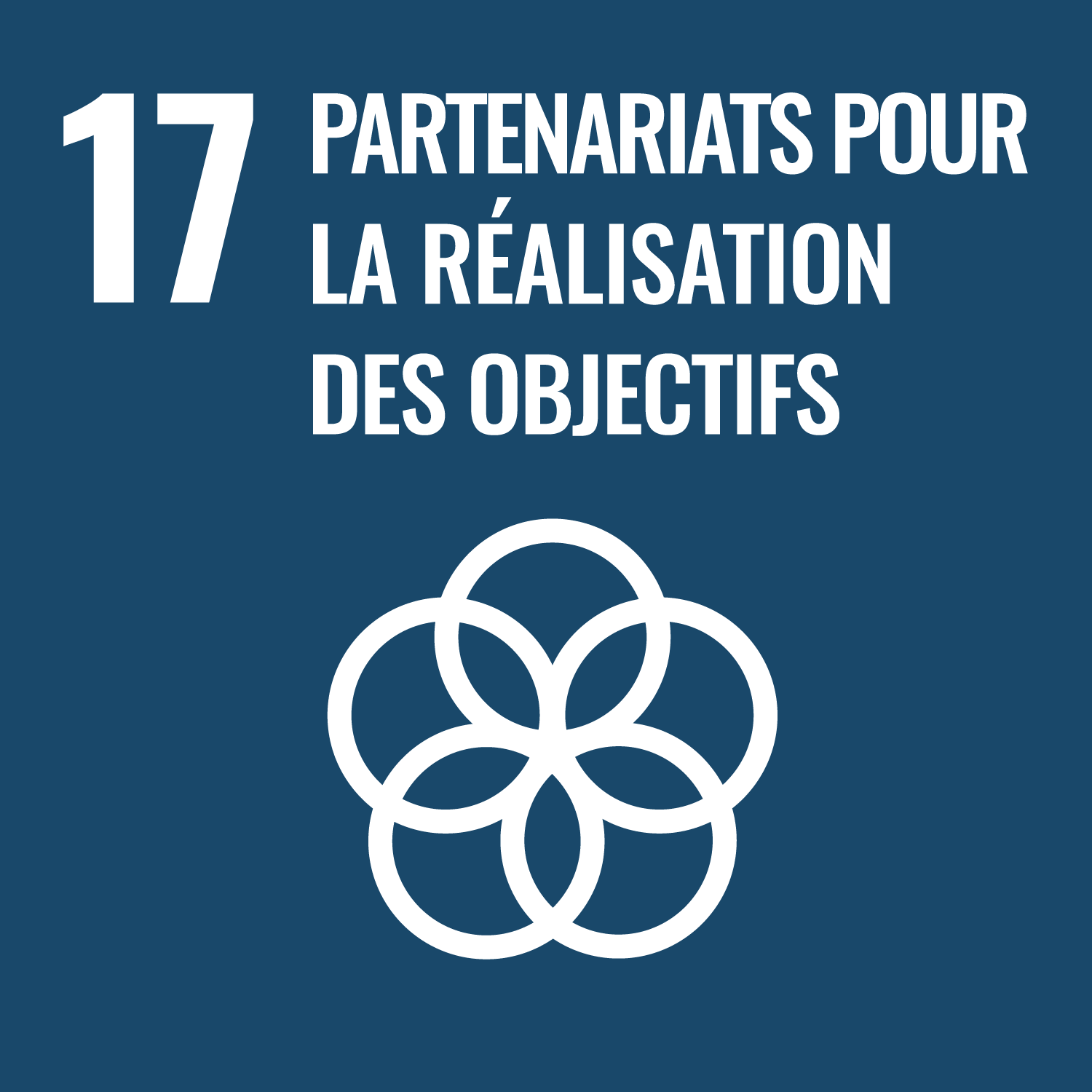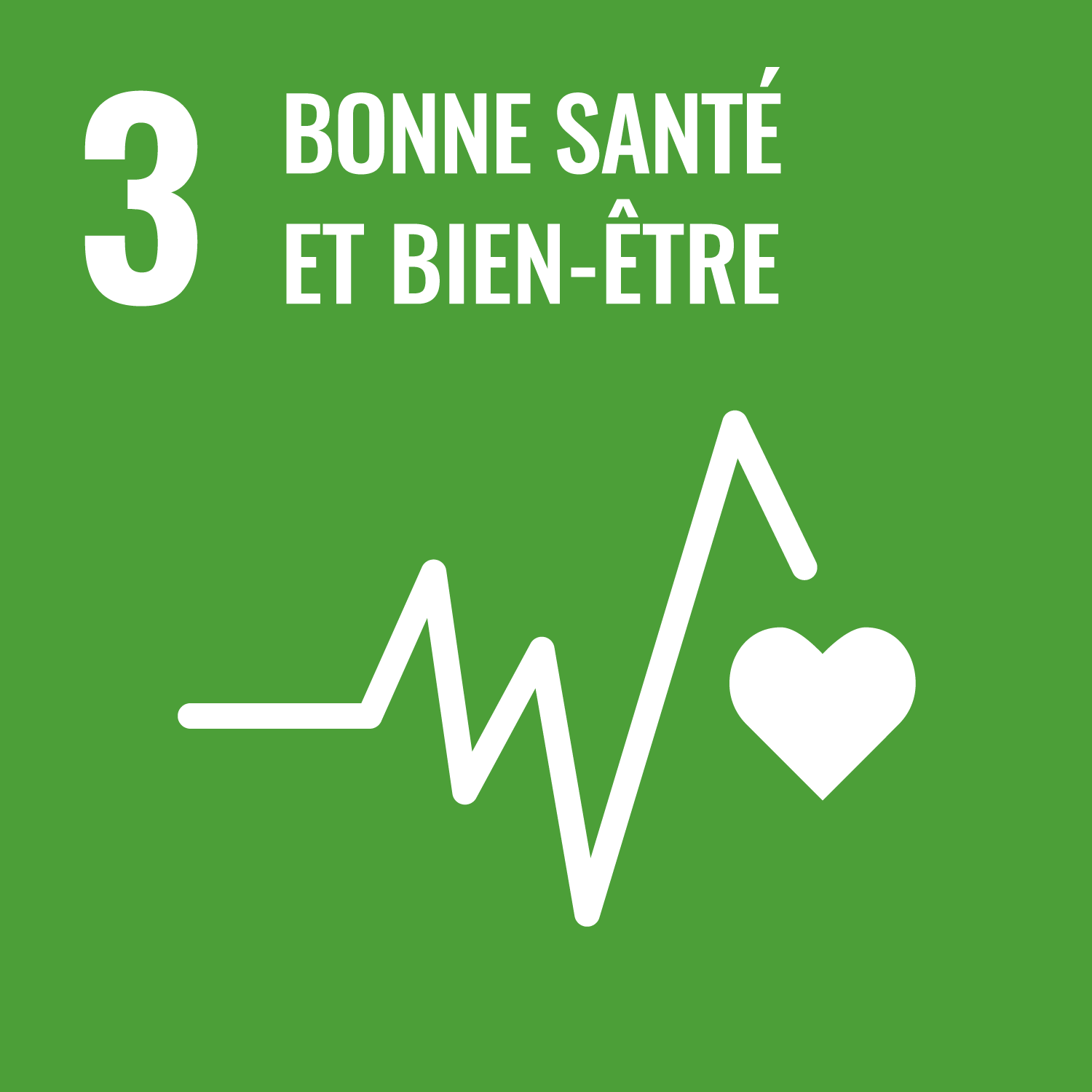SDP
Description
In Hong Kong [Special Administrative Region of China] UNESCO Hong Kong [Special Administrative Region of China] was registered as a Charity. In 2017, UNESCO HK [Hong Kong, Special Administrative Region of China] established World Institute of Sustainable Development Planners (WISDP) that is a Not-for-Profit entity. Under the auspice of UNESCO HK [Hong Kong, Special Administrative Region of China] and HIESD, WISDP as a strategic partner of UNESCO HK [Hong Kong, Special Administrative Region of China]. HIESD deals with this Initiative in mainland China while WISDP in Hong Kong [Special Administrative Region of China] plays the role of an international training service organization as well as a global certification body.
Since its establishment, WISDP in parallel with HIESD organize ESD training programs at different level with other Training Partners of Academic Partners. To name a few but not all:
1) WISDP / HKFTU (Hong Kong [Special Administrative Region of China] Federation of Trade Unions) Cohort Entry Program (48h) for Sustainable Development Practitioners
2) WISDP in collaboration with Hong Kong [Special Administrative Region of China] University (School of Professional and Continuing Education) Program (60h) for Certified Sustainable Development Planners (CSDP) in Sustainable Finance & Investment
3) WISDP in cooperation with Hong Kong [Special Administrative Region of China] Management Association Program (60h) for CSDP on Early Childhood Education)
In December 2018, HIESD will sign agreement with Taiyuan University of Technology to start a Post-Graduate Program leading the CSDP too. Its target participants are students of Post-Graduate Programs and practitioners with first degrees. Other than academic world, WISDP & HIESD also work with various industry and provide training programs to business or non-business organizations seeking the award of Certified Sustainable Development Corporation (CSDC).
In short, there is a national drive and an international movement of ESD. UNESCO CN, UNESCO Hong Kong [Special Administrative Region of China], HIESD & WISDP are working towards this direction. More Programs would be launched with Training Partners. For instance, the coming Programs are Sustainable Engineering Certification Program, Corporate Social Responsibilities Certification Program, Sustainable Insurance & Wealth Management Certification Program, Criminal Justice & Public Order Certification Program.
Training and Certification of Individuals and corporations.
Through training programs, WISDP trains professionals to become Certified Sustainable Development Planners (CSDP). CSDPs will promote Sustainable Development Goals of the United Nations. Through certification programs, WISDP certifies business or non-business organizations to become Certified Sustainable Development Corporations. CSDCs are committed to support UN SDGs.
Since its establishment, membership of WISDP is growing steadily. Professionals joined WISDP and became CSDPs. Some practitioners followed a path of Sustainable Development Practitioners through the WISDP/HKFTU Cohort Entry Program. Some other people through their professional institutions or learned bodies joined WISDP as a Professional Member first. Afterwards, they went through a formalized Portfolio Assessment Exercise. A Panel consisting of President, Vice President and Deputy Registrar General vetted their portfolios and granted the candidates the award of CSDP.
Training Partner of WISDP ran 60h Certification Course for law enforcement officers who have grave concern on UNSDG, particularly SDG # 16 & 17. They completed the Certification
Course in Criminal Justice & Public Order successfully and become CSDP eventually.
To add value to the Certification Programs, WISDP has reached a mutual agreement with The Society of Business Practitioners (SBP) that is an Award Body of British Qualifications. Candidates completed WISDP's training programs can seek reciprocal certification of the SBP. SBP certification links with its own regular qualification. Mapping of qualifications and subject-to-subject exemption are possible The highest one viz. Post-Graduate Diploma in Business Administration enables the candidate to seek an MBA degree of Sunderland University within 1 academic year (part-time).
In short, this Initiative is in full swing right now. WISDP with the national support and global endorsement is advocating 17 UNSDGs and promoting Sustainable Development Planning towards 2030.
SDGS & Targets
Objectif 4
Assurer à tous une éducation équitable, inclusive et de qualité et des possibilités d’apprentissage tout au long de la vie

4.1
By 2030, ensure that all girls and boys complete free, equitable and quality primary and secondary education leading to relevant and effective learning outcomes
4.1.1
Proportion of children and young people (a) in grades 2/3; (b) at the end of primary; and (c) at the end of lower secondary achieving at least a minimum proficiency level in (i) reading and (ii) mathematics, by sex
4.1.2
Completion rate (primary education, lower secondary education, upper secondary education)
4.2
By 2030, ensure that all girls and boys have access to quality early childhood development, care and pre-primary education so that they are ready for primary education
4.2.1
Proportion of children aged 24–59 months who are developmentally on track in health, learning and psychosocial well-being, by sex
4.2.2
Participation rate in organized learning (one year before the official primary entry age), by sex
4.3
By 2030, ensure equal access for all women and men to affordable and quality technical, vocational and tertiary education, including university
4.3.1
Participation rate of youth and adults in formal and non-formal education and training in the previous 12 months, by sex
4.4
By 2030, substantially increase the number of youth and adults who have relevant skills, including technical and vocational skills, for employment, decent jobs and entrepreneurship
4.4.1
Proportion of youth and adults with information and communications technology (ICT) skills, by type of skill
4.5
4.5.1
Parity indices (female/male, rural/urban, bottom/top wealth quintile and others such as disability status, indigenous peoples and conflict-affected, as data become available) for all education indicators on this list that can be disaggregated
4.6
By 2030, ensure that all youth and a substantial proportion of adults, both men and women, achieve literacy and numeracy
4.6.1
Youth/adult literacy rate
4.7
By 2030, ensure that all learners acquire the knowledge and skills needed to promote sustainable development, including, among others, through education for sustainable development and sustainable lifestyles, human rights, gender equality, promotion of a culture of peace and non-violence, global citizenship and appreciation of cultural diversity and of culture’s contribution to sustainable development
4.7.1
Extent to which (i) global citizenship education and (ii) education for sustainable development are mainstreamed in (a) national education policies; (b) curricula; (c) teacher education and (d) student assessment
4.a
Build and upgrade education facilities that are child, disability and gender sensitive and provide safe, non-violent, inclusive and effective learning environments for all
4.a.1
Proportion of schools offering basic services, by type of service
4.b
4.b.1
Volume of official development assistance flows for scholarships
4.c
By 2030, substantially increase the supply of qualified teachers, including through international cooperation for teacher training in developing countries, especially least developed countries and small island developing States
4.c.1
Proportion of teachers with the minimum required qualifications, by education level
Objectif 5
Parvenir à l’égalité des sexes et autonomiser toutes les femmes et les filles

5.1
End all forms of discrimination against all women and girls everywhere
5.1.1
Whether or not legal frameworks are in place to promote, enforce and monitor equality and non‑discrimination on the basis of sex
5.2
5.2.1
Proportion of ever-partnered women and girls aged 15 years and older subjected to physical, sexual or psychological violence by a current or former intimate partner in the previous 12 months, by form of violence and by age
5.2.2
Proportion of women and girls aged 15 years and older subjected to sexual violence by persons other than an intimate partner in the previous 12 months, by age and place of occurrence
5.3
5.3.1
Proportion of women aged 20-24 years who were married or in a union before age 15 and before age 18
5.3.2
Proportion of girls and women aged 15-49 years who have undergone female genital mutilation/cutting, by age
5.4
Recognize and value unpaid care and domestic work through the provision of public services, infrastructure and social protection policies and the promotion of shared responsibility within the household and the family as nationally appropriate
5.4.1
Proportion of time spent on unpaid domestic and care work, by sex, age and location
5.5
Ensure women’s full and effective participation and equal opportunities for leadership at all levels of decision-making in political, economic and public life
5.5.1
Proportion of seats held by women in (a) national parliaments and (b) local governments
5.5.2
Proportion of women in managerial positions
5.6
Ensure universal access to sexual and reproductive health and reproductive rights as agreed in accordance with the Programme of Action of the International Conference on Population and Development and the Beijing Platform for Action and the outcome documents of their review conferences
5.6.1
Proportion of women aged 15-49 years who make their own informed decisions regarding sexual relations, contraceptive use and reproductive health care
5.6.2
Number of countries with laws and regulations that guarantee full and equal access to women and men aged 15 years and older to sexual and reproductive health care, information and education
5.a
Undertake reforms to give women equal rights to economic resources, as well as access to ownership and control over land and other forms of property, financial services, inheritance and natural resources, in accordance with national laws
5.a.1
(a) Proportion of total agricultural population with ownership or secure rights over agricultural land, by sex; and (b) share of women among owners or rights-bearers of agricultural land, by type of tenure
5.a.2
Proportion of countries where the legal framework (including customary law) guarantees women’s equal rights to land ownership and/or control
5.b
5.b.1
Proportion of individuals who own a mobile telephone, by sex
5.c
Adopt and strengthen sound policies and enforceable legislation for the promotion of gender equality and the empowerment of all women and girls at all levels
5.c.1
Proportion of countries with systems to track and make public allocations for gender equality and women’s empowerment
Objectif 17
Renforcer les moyens de mettre en œuvre le Partenariat mondial pour le développement durable et le revitaliser

17.1
Strengthen domestic resource mobilization, including through international support to developing countries, to improve domestic capacity for tax and other revenue collection
17.1.1
17.1.2
17.2
Developed countries to implement fully their official development assistance commitments, including the commitment by many developed countries to achieve the target of 0.7 per cent of ODA/GNI to developing countries and 0.15 to 0.20 per cent of ODA/GNI to least developed countries; ODA providers are encouraged to consider setting a target to provide at least 0.20 per cent of ODA/GNI to least developed countries
17.2.1
17.3
Mobilize additional financial resources for developing countries from multiple sources
17.3.1
Additional financial resources mobilized for developing countries from multiple sources
17.3.2
17.4
Assist developing countries in attaining long-term debt sustainability through coordinated policies aimed at fostering debt financing, debt relief and debt restructuring, as appropriate, and address the external debt of highly indebted poor countries to reduce debt distress
17.4.1
Debt service as a proportion of exports of goods, services and primary income
17.5
Adopt and implement investment promotion regimes for least developed countries
17.5.1
Number of countries that adopt and implement investment promotion regimes for developing countries, including the least developed countries
17.6
Enhance North-South, South-South and triangular regional and international cooperation on and access to science, technology and innovation and enhance knowledge sharing on mutually agreed terms, including through improved coordination among existing mechanisms, in particular at the United Nations level, and through a global technology facilitation mechanism
17.6.1
Fixed broadband subscriptions per 100 inhabitants, by speed
17.7
Promote the development, transfer, dissemination and diffusion of environmentally sound technologies to developing countries on favourable terms, including on concessional and preferential terms, as mutually agreed
17.7.1
Total amount of funding for developing and developed countries to promote the development, transfer, dissemination and diffusion of environmentally sound technologies
17.8
Fully operationalize the technology bank and science, technology and innovation capacity-building mechanism for least developed countries by 2017 and enhance the use of enabling technology, in particular information and communications technology
17.8.1
17.9
Enhance international support for implementing effective and targeted capacity-building in developing countries to support national plans to implement all the Sustainable Development Goals, including through North-South, South-South and triangular cooperation
17.9.1
Dollar value of official development assistance committed to developing countries
17.10
Promote a universal, rules-based, open, non-discriminatory and equitable multilateral trading system under the World Trade Organization, including through the conclusion of negotiations under its Doha Development Agenda
17.10.1
17.11
Significantly increase the exports of developing countries, in particular with a view to doubling the least developed countries’ share of global exports by 2020
17.11.1
Developing countries’ and least developed countries’ share of global exports
17.12
Realize timely implementation of duty-free and quota-free market access on a lasting basis for all least developed countries, consistent with World Trade Organization decisions, including by ensuring that preferential rules of origin applicable to imports from least developed countries are transparent and simple, and contribute to facilitating market access
17.12.1
Weighted average tariffs faced by developing countries, least developed countries and small island developing States
17.13
Enhance global macroeconomic stability, including through policy coordination and policy coherence
17.13.1
17.14
Enhance policy coherence for sustainable development
17.14.1
17.15
Respect each country’s policy space and leadership to establish and implement policies for poverty eradication and sustainable development
17.15.1
17.16
Enhance the Global Partnership for Sustainable Development, complemented by multi-stakeholder partnerships that mobilize and share knowledge, expertise, technology and financial resources, to support the achievement of the Sustainable Development Goals in all countries, in particular developing countries
17.16.1
Number of countries reporting progress in multi-stakeholder development effectiveness monitoring frameworks that support the achievement of the Sustainable Development Goals
17.17
Encourage and promote effective public, public-private and civil society partnerships, building on the experience and resourcing strategies of partnerships
17.17.1
Amount in United States dollars committed to public-private partnerships for infrastructure
17.18
By 2020, enhance capacity-building support to developing countries, including for least developed countries and small island developing States, to increase significantly the availability of high-quality, timely and reliable data disaggregated by income, gender, age, race, ethnicity, migratory status, disability, geographic location and other characteristics relevant in national contexts
17.18.1
Statistical capacity indicators
17.18.2
17.18.3
Number of countries with a national statistical plan that is fully funded and under implementation, by source of funding
17.19
By 2030, build on existing initiatives to develop measurements of progress on sustainable development that complement gross domestic product, and support statistical capacity-building in developing countries
17.19.1
17.19.2
Proportion of countries that (a) have conducted at least one population and housing census in the last 10 years; and (b) have achieved 100 per cent birth registration and 80 per cent death registration
Objectif 3
Permettre à tous de vivre en bonne santé et promouvoir le bien-être de tous à tout âge

3.1
3.1.1
Maternal mortality ratio
3.1.2
Proportion of births attended by skilled health personnel
3.2
3.2.1
Under-five mortality rate
3.2.2
Neonatal mortality rate
3.3
By 2030, end the epidemics of AIDS, tuberculosis, malaria and neglected tropical diseases and combat hepatitis, water-borne diseases and other communicable diseases
3.3.1
Number of new HIV infections per 1,000 uninfected population, by sex, age and key populations
3.3.2
Tuberculosis incidence per 100,000 population
3.3.3
Malaria incidence per 1,000 population
3.3.4
Hepatitis B incidence per 100,000 population
3.3.5
Number of people requiring interventions against neglected tropical diseases
3.4
3.4.1
Mortality rate attributed to cardiovascular disease, cancer, diabetes or chronic respiratory disease
3.4.2
Suicide mortality rate
3.5
Strengthen the prevention and treatment of substance abuse, including narcotic drug abuse and harmful use of alcohol
3.5.1
Coverage of treatment interventions (pharmacological, psychosocial and rehabilitation and aftercare services) for substance use disorders
3.5.2
Alcohol per capita consumption (aged 15 years and older) within a calendar year in litres of pure alcohol
3.6
3.6.1
Death rate due to road traffic injuries
3.7
By 2030, ensure universal access to sexual and reproductive health-care services, including for family planning, information and education, and the integration of reproductive health into national strategies and programmes
3.7.1
Proportion of women of reproductive age (aged 15-49 years) who have their need for family planning satisfied with modern methods
3.7.2
Adolescent birth rate (aged 10-14 years; aged 15-19 years) per 1,000 women in that age group
3.8
Achieve universal health coverage, including financial risk protection, access to quality essential health-care services and access to safe, effective, quality and affordable essential medicines and vaccines for all
3.8.1
Coverage of essential health services
3.8.2
Proportion of population with large household expenditures on health as a share of total household expenditure or income
3.9
3.9.1
Mortality rate attributed to household and ambient air pollution
3.9.2
Mortality rate attributed to unsafe water, unsafe sanitation and lack of hygiene (exposure to unsafe Water, Sanitation and Hygiene for All (WASH) services)
3.9.3
Mortality rate attributed to unintentional poisoning
3.a
3.a.1
Age-standardized prevalence of current tobacco use among persons aged 15 years and older
3.b
Support the research and development of vaccines and medicines for the communicable and non-communicable diseases that primarily affect developing countries, provide access to affordable essential medicines and vaccines, in accordance with the Doha Declaration on the TRIPS Agreement and Public Health, which affirms the right of developing countries to use to the full the provisions in the Agreement on Trade-Related Aspects of Intellectual Property Rights regarding flexibilities to protect public health, and, in particular, provide access to medicines for all
3.b.1
Proportion of the target population covered by all vaccines included in their national programme
3.b.2
3.b.3
Health product access index
3.c
3.c.1
Health worker density and distribution
3.d
Strengthen the capacity of all countries, in particular developing countries, for early warning, risk reduction and management of national and global health risks
3.d.1
International Health Regulations (IHR) capacity and health emergency preparedness
3.d.2
Percentage of bloodstream infections due to selected antimicrobial-resistant organisms
SDG 14 targets covered
| Name | Description |
|---|---|
| 17.14 | Enhance policy coherence for sustainable development |
Deliverables & Timeline
1,000
100
Resources mobilized
Partnership Progress
| Title | Progress Status | Submitted |
|---|---|---|
| SDP - Fri, 01/27/2023 - 11:24 | On track | |
| SDP - Tue, 10/04/2022 - 14:41 | On track | |
| Partnership Progress 2020-12-06 | Completed | |
| Partnership Progress 2019-05-17 | On track |
Feedback

Timeline
Entity
Geographical coverage
Website/More information
Countries




Contact Information
Gryphon Sou, Associate Vice President
